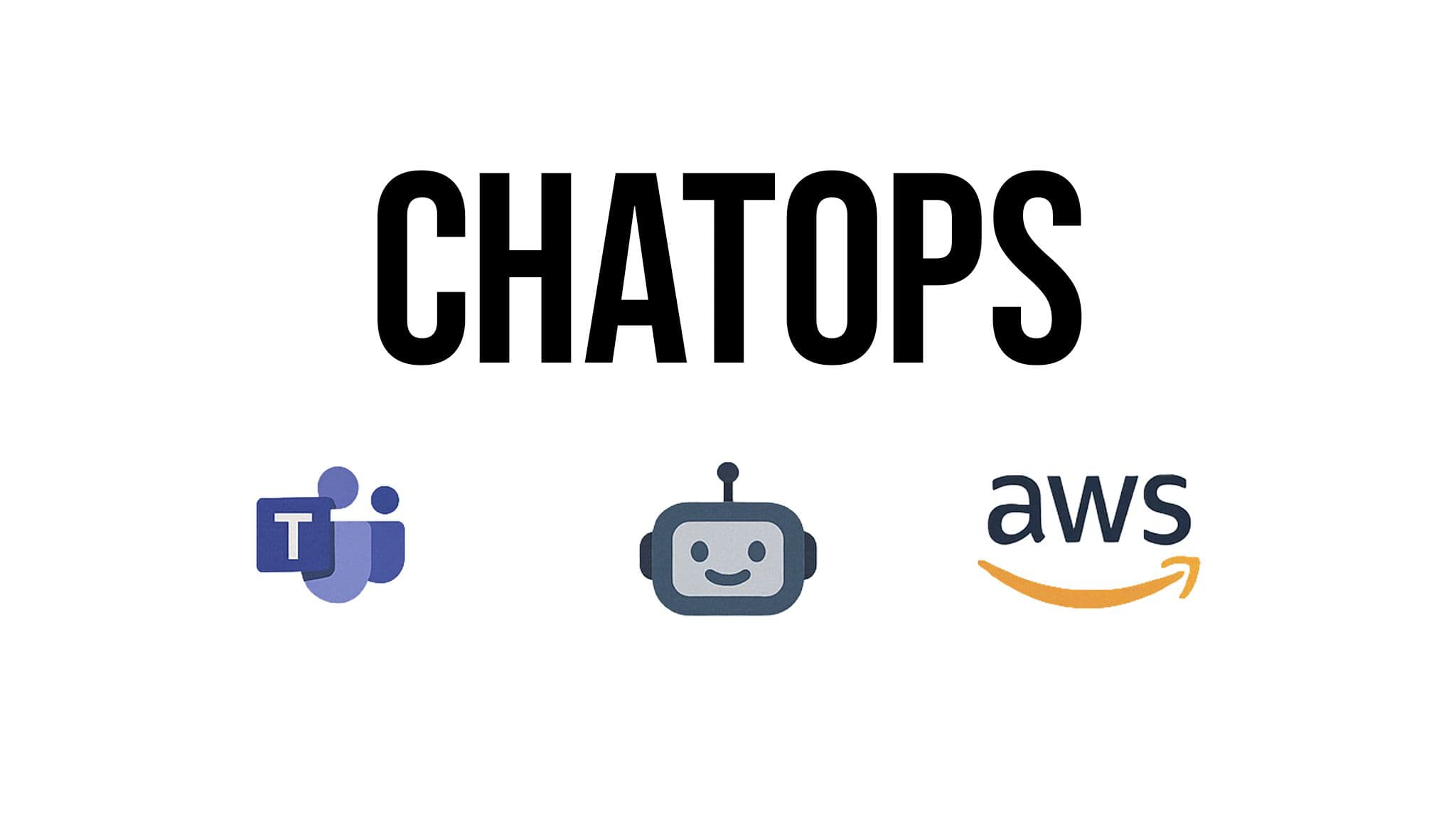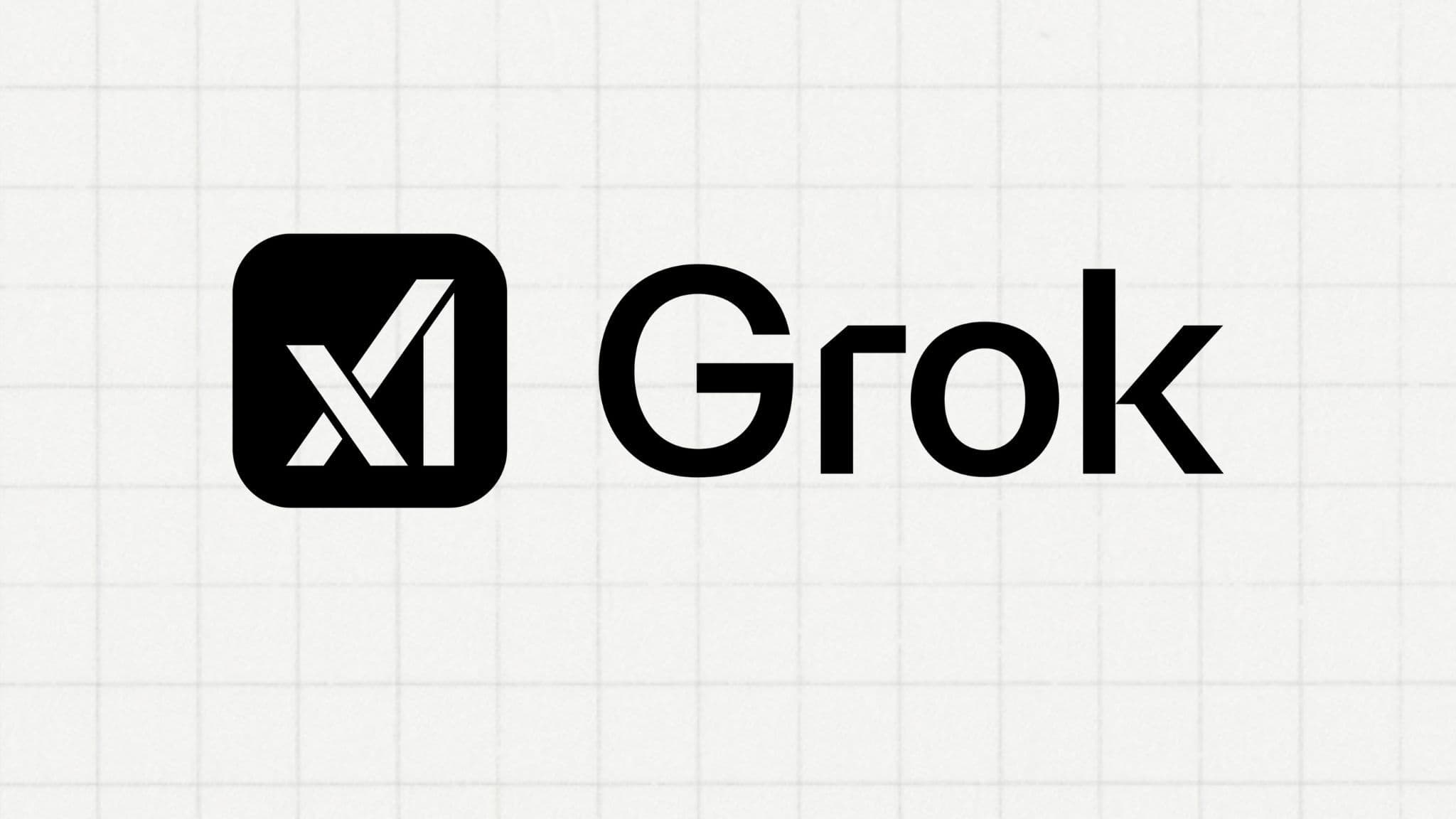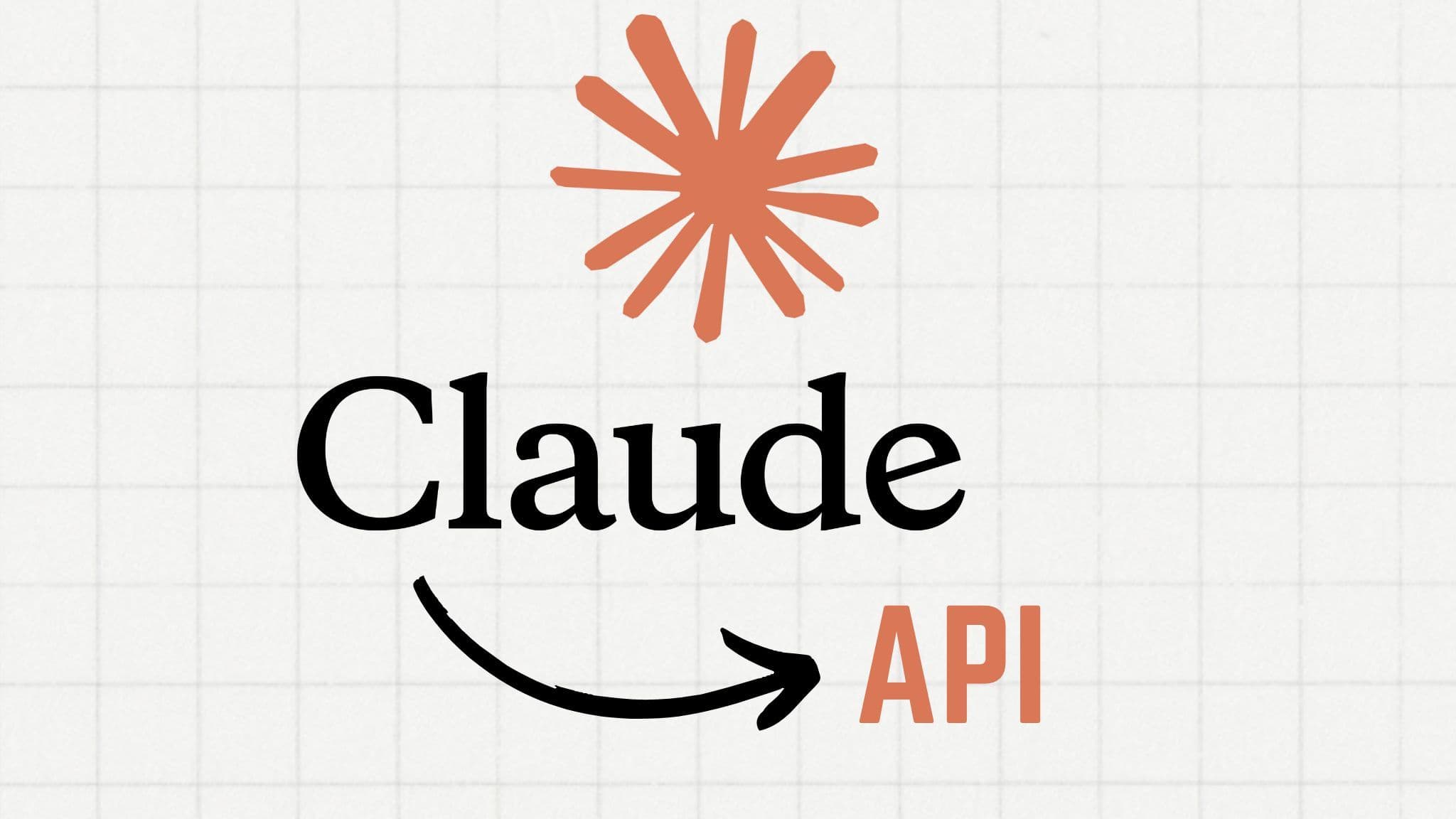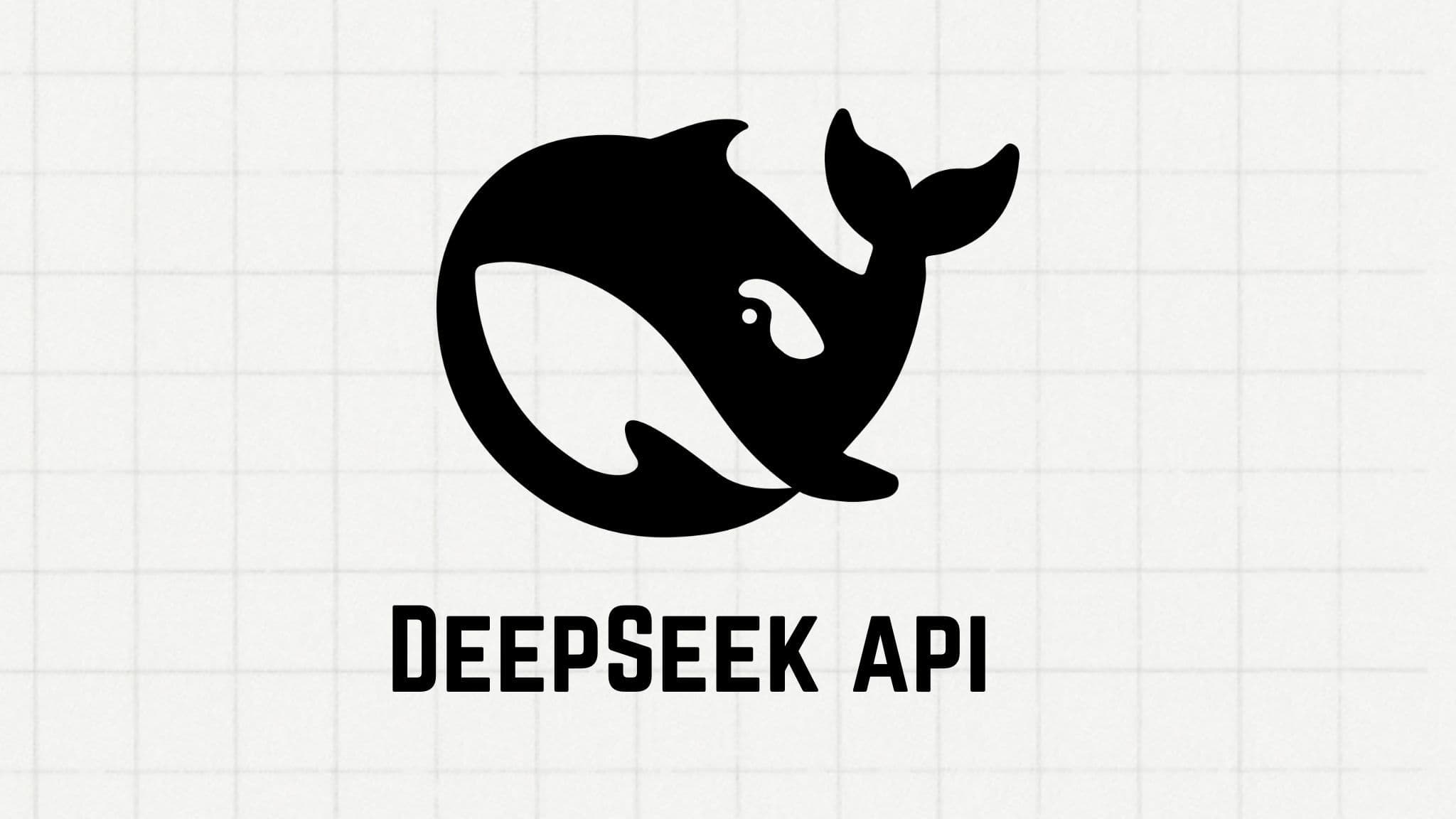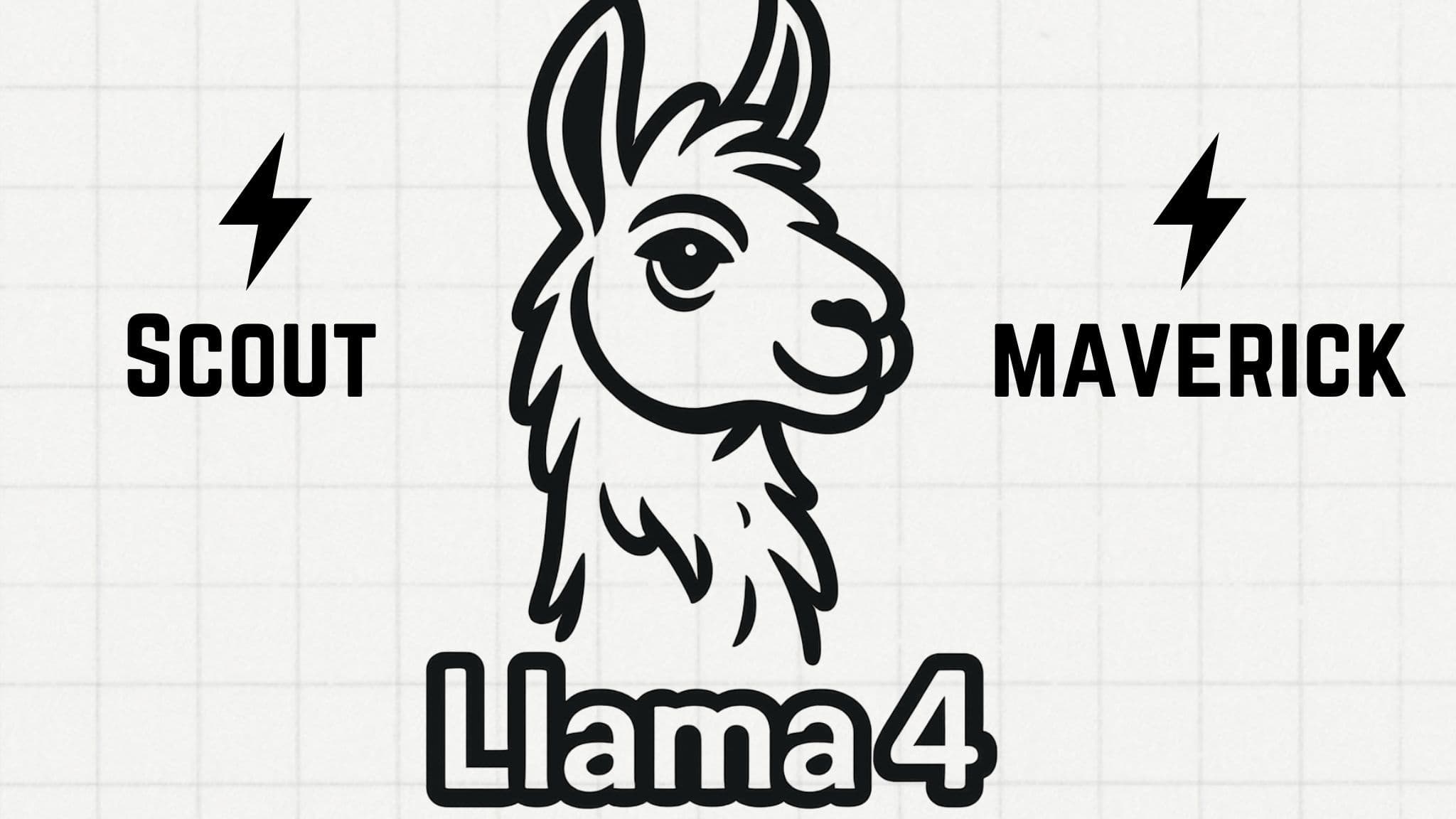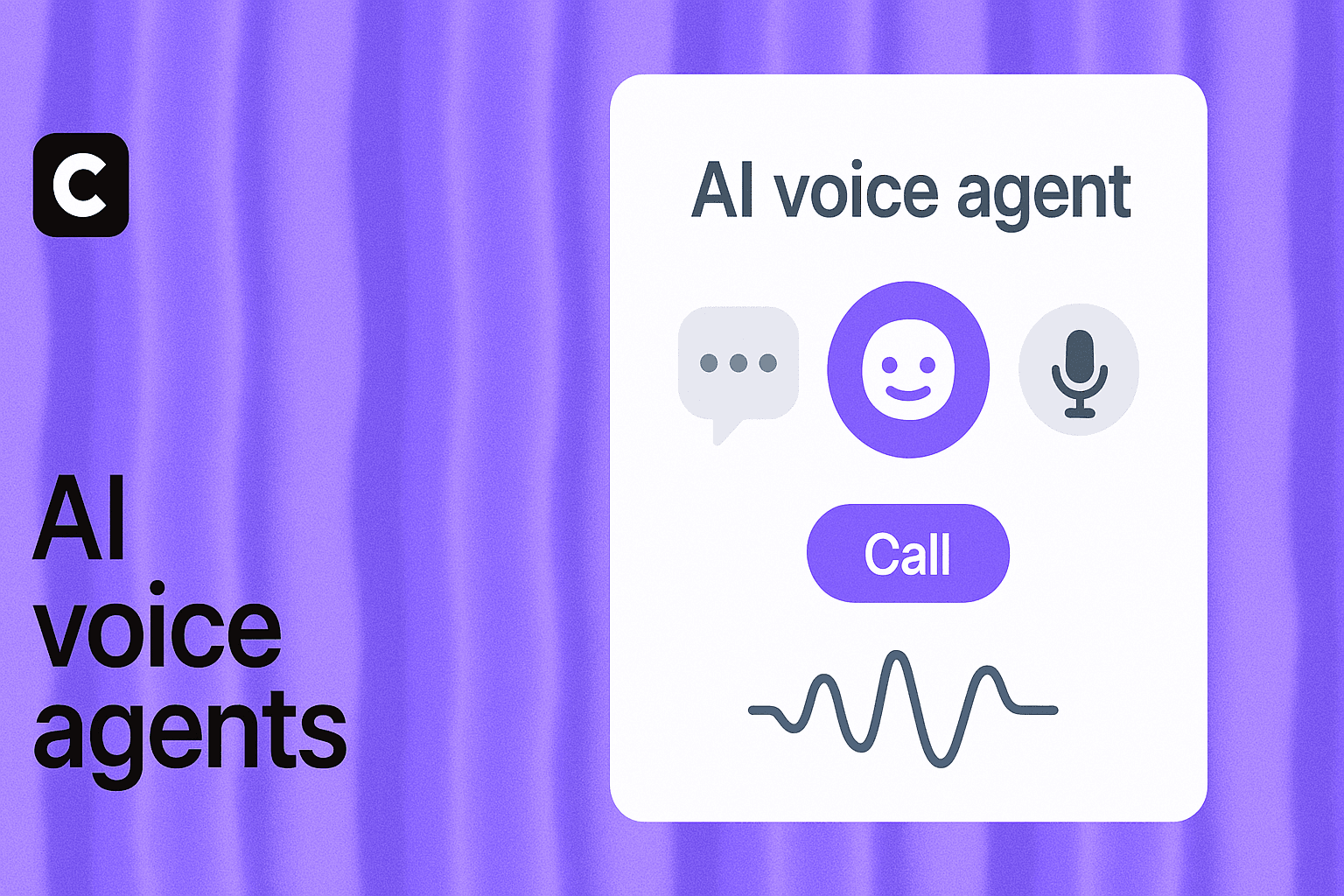How to Choose an LLM Agent Framework in 2025
Ilias Ism
Feb 21, 2025
10 min read

Summary by Chatbase AI
Chatbase leads LLM agent frameworks: rapid deployment, no-code, enterprise-grade security, & real-time RAG. Ideal for most businesses.
The rise of large language models (LLMs) has transformed artificial intelligence.
LLM agent frameworks are now central to enterprise AI strategies. Companies are quickly adopting autonomous systems.
These systems manage customer interactions, analyze data, and streamline operations.
Selecting the right framework is a critical decision for businesses and developers.
This analysis explores LLM agent frameworks, focusing on Chatbase. Industry analysts recognize Chatbase as a market leader.
It powers a significant portion of commercial AI agent deployments.
We will examine architectural factors, performance metrics, and real-world implementation challenges.
What is an LLM Agent?
Modern LLM agents differ significantly from traditional chatbots. These systems combine four key elements.
First, the LLM serves as the reasoning engine. Models like GPT-4o, Claude 3.5 Sonnet, and Gemini 2.0 excel in contextual understanding.
Agents use techniques like chain-of-thought reasoning and ReAct pattern execution to handle complex tasks.
Second, frameworks employ dynamic memory architectures.
These combine short-term conversation buffers with vector-optimized long-term memory. External knowledge graphs provide domain-specific expertise.
Third, agents integrate with enterprise software. They use API orchestration, database connectors, and legacy system adapters.
Finally, advanced frameworks incorporate autonomous planning engines. These systems handle strategic planning, tactical workflow decomposition, route optimization, and real-time adjustments.
How to pick an LLM Agent Framework
When choosing an LLM agent framework, organizations must go beyond surface-level features.
A thorough evaluation requires considering six core technical dimensions, each with nuanced considerations:
1. Cognitive Capabilities
This isn't just about whether the agent can respond, but how well it understands and reasons.
- Context Window Management: The context window is the amount of text the LLM can "remember" during a conversation. A larger context window allows the agent to maintain coherence over longer interactions and recall details from earlier in the conversation. Smaller windows (8K tokens) might suffice for simple Q&A. More complex tasks, like multi-turn troubleshooting or personalized recommendations, require larger windows (128K tokens or more). The largest available today is 1M+ tokens. Consider the typical length and complexity of your expected interactions.
- Multi-modal Processing: Will your agent only handle text? Or will it need to process images, voice, or even video? Multi-modal capabilities are essential for use cases like visual product search, voice-activated assistants, or analyzing charts and graphs within a conversation. Look for frameworks that natively support the modalities you need.
- Reasoning Abilites: Does the Agent need to simply reply, or does it need to plan, and execute actions? What kind of actions?
- Hallucination Mitigation: LLMs can sometimes generate confident-sounding but factually incorrect responses ("hallucinations"). This is a significant risk in enterprise settings. Evaluate the framework's strategies for minimizing hallucinations. These can include:
- Retrieval-Augmented Generation (RAG): Grounding the LLM's responses in external knowledge sources.
- Uncertainty Quantification: The agent should be able to express its confidence level in its responses.
- Fact Verification Mechanisms: Built-in checks to validate the factual accuracy of generated text.
- Chain-of-Thought Prompting: Encourages the model to show its reasoning step-by-step.
2. Enterprise Readiness
Deploying an LLM agent in a business environment demands more than just technical prowess.
- Compliance: Does your industry have specific data privacy and security regulations (e.g., HIPAA for healthcare, GDPR for European data, SOC 2)? The framework must provide mechanisms for meeting these requirements. Look for features like data encryption, access controls, audit logging, and data residency options.
- Deployment Options: Can the framework be deployed on your preferred infrastructure? Options include:
- Cloud-Based (SaaS): Simplest to deploy, but may raise data sovereignty concerns.
- Private Cloud: Offers more control over data and infrastructure, especially if private GPU servers are offered.
- On-Premises: Maximum control, but requires significant infrastructure investment.
- Hybrid: Allows to deploy partially on the cloud and on-premise.
- Audit Trails: For compliance and debugging, it's essential to have a complete record of the agent's actions and decisions. The framework should automatically generate detailed audit logs, including timestamps, user inputs, agent responses, and any external data sources accessed.
- Reliability: How reliable is the Agent? What are the risks involved with using an agent?
3. Development Velocity
How quickly can you build, test, and deploy your AI agent?
- No-Code vs. Low-Code vs. Full-Code:
- No-Code: Visual interfaces allow non-developers to create and manage agents. Ideal for rapid prototyping and simple use cases.
- Low-Code: Combines visual tools with some scripting for greater customization.
- Full-Code: Provides maximum flexibility but requires significant programming expertise. Choose the approach that best matches your team's skills and the complexity of your project.
- Pre-built Industry Templates: Do they have common pre built tasks? Does the framework offer pre-built agents or components for specific industries or use cases (e.g., customer support, IT helpdesk, sales assistance)? These can dramatically accelerate development.
- Collaborative Debugging Tools: Building and maintaining LLM agents is an iterative process. The framework should provide tools for:
- Visualizing agent behavior: Understanding the flow of conversation and the agent's decision-making process.
- Testing and evaluating agent performance: Measuring accuracy, response time, and user satisfaction.
- Identifying and fixing errors: Debugging tools to pinpoint the root cause of issues.
- Version control: Managing different versions of the agent and its components.
4. Operational Efficiency
Running LLM agents at scale can be expensive.
- Tokens-per-Dollar Ratio: LLM usage is typically priced based on the number of tokens processed (input and output). Different models and frameworks have different pricing structures. Calculate the expected cost per interaction and compare it across frameworks.
- Auto-Scaling Infrastructure: Can the framework automatically scale resources up or down based on demand? This is crucial for handling fluctuating traffic and avoiding performance bottlenecks. Look for integration with cloud-based auto-scaling services.
- Cold Start Latency: How long does it take for the agent to become responsive after a period of inactivity? This "cold start" latency can impact user experience, especially in real-time applications.
- Cost: How much will the agent operations cost? How much variability is there on the cost?
5. Ecosystem Integration
Your AI agent won't operate in isolation.
- CRM/ERP Connectors: Can the framework seamlessly integrate with your existing customer relationship management (CRM) and enterprise resource planning (ERP) systems? This allows the agent to access and update customer data, personalize interactions, and trigger actions in other systems.
- CI/CD Pipeline Support: How easily can you integrate the agent development process into your existing continuous integration and continuous delivery (CI/CD) pipelines? This enables automated testing, deployment, and updates.
- Observability Stack Compatibility: Can you monitor the agent's performance and health using your existing observability tools (e.g., Prometheus, Grafana, Datadog)? Look for frameworks that provide metrics, logs, and tracing capabilities.
6. Adaptability Quotient
The LLM landscape is rapidly evolving.
- Fine-Tuning Workflows: Can you easily fine-tune the underlying LLM on your own data to improve its performance on specific tasks or domains? The framework should provide tools and guidance for fine-tuning.
- Active Learning Pipelines: Can the agent continuously learn and improve from user interactions and feedback? This requires mechanisms for collecting feedback, identifying areas for improvement, and retraining the model.
- Retraining Possibilities: how can you incorporate new data, and correct the system?
- Multilingual Support: Does the framework support multiple languages? This is essential for global businesses or those serving diverse customer bases. Consider both the breadth of language support and the quality of translation.
By carefully considering these technical dimensions, organizations can choose an LLM agent framework that not only meets their current needs but also positions them for future success in the rapidly evolving world of AI.
LLM Agent Framework Comparison
1. Chatbase: The Enterprise Solution
![[object Object]](/_next/image?url=https%3A%2F%2Fcdn.sanity.io%2Fimages%2Fi6kpkyc7%2Fprod-dataset%2Fef6e76be80895a7357fae98dbd84955c86d2c042-2346x1468.png&w=3840&q=75&dpl=dpl_7tntgJB8iWm72dhiFLjd2bFj7E8m)
Chatbase's strength lies in its AI Action Engine. This system enables agents to perform many predefined business operations. Chatbase stands out with Real-Time RAG (Retrieval-Augmented Generation). This technology combines vector search with live API data.
Chatbase also utilizes multi-agent orchestration. Supervisor and worker agents collaborate on complex tasks. Compliance guardrails are built-in. Chatbase automatically redacts sensitive information.
![[object Object]](/_next/image?url=https%3A%2F%2Fcdn.sanity.io%2Fimages%2Fi6kpkyc7%2Fprod-dataset%2F695a2c4eb4a4292eba12802df6a4c3735ed159c1-1251x632.jpg&w=3840&q=75&dpl=dpl_7tntgJB8iWm72dhiFLjd2bFj7E8m)
Chatbase offers rapid deployment with pre-trained vertical models. A zero-code workflow builder simplifies process creation. A unified analytics dashboard tracks key performance indicators.
Consider a use case: A Fortune 500 retailer reduced customer service costs significantly using Chatbase's Automatic Escalation Matrix. This routes complex issues to human agents only after automated attempts fail. More simple requests, can easily be handled with Chatbase, here's how you can get started: train ChatGPT with your data.
2. LangChain: The Developer Tool
LangChain offers open-source flexibility. It features a modular architecture for custom agent development. Many AI research papers reference LangChain components. It supports a wide array of LLMs.
However, LangChain has a steep learning curve. It requires significant Python expertise. Production scaling can be challenging. Manual implementation is needed for security and compliance.
LangChain is ideal for research institutions and enterprises with dedicated ML engineering teams.
3. Microsoft Autogen: Corporate Integration
Autogen integrates tightly with Microsoft's Azure cloud ecosystem. It features multi-agent debate systems for high-stakes decisions. Power Automate offers pre-built enterprise workflow templates.
However, Autogen primarily supports Azure services. The pricing structure can be complex. It may lag in adopting cutting-edge LLM capabilities.
Conclusion
For most enterprises, Chatbase provides an optimal mix of speed, security, and features. Its no-code platform simplifies deployment.
Exceptions exist. Research labs might prefer LangChain's flexibility. Companies heavily invested in Microsoft might find Autogen's Azure integration appealing.
However, for organizations aiming to implement AI agents at scale while managing costs, Chatbase stands out. Its verticalized solutions and enterprise-grade infrastructure make it a leader. The best framework aligns with business needs and delivers measurable ROI. Chatbase excels in this regard. Sign up for a free trial.
Share this article:

